The following diagram is of a power switching driver...the transistor is a switching transistor which drives load that requires to on and off .... Can anyone tell me what exactly is the function of the diode here..they say that the diode is used to prevent reverse base emitter breakdown ...exactly how..??
-
Related. (1) Nowadays using an N Channel MOSFET in place of the 2N3055 almost always "makes more sense". (2) A Schottky diode is sometimes used in that location with a FET but the purpose is different. A FET gate can be safely driven with reverse voltage but even when the gate is driven to ground an oscillatory waveform can be produced at the gate - partially due to Millar capacitance couplig gate to drain. Adding a reverse biased Schottky clips the negative part of any gate oscillation and removes energy so rapidly damps oscillation. – Russell McMahon Sep 13 '15 at 00:45
-
Same question really: http://electronics.stackexchange.com/questions/164964/how-protective-diode-protects-transistor-from-breakdown – Fizz Oct 02 '15 at 04:34
-
What is the output voltage of the amplifier? It may go negative to turn the transistor off quicker. A higher reverse current helps but you need to clamp the reverse voltage to protect the transistor. – Warren Hill Mar 06 '20 at 15:39
2 Answers
Presumably the amplifier can drive its output below ground or the diode would not be necessary. The 2N3055 has a Vbe breakdown rating of -7V so we need to be sure not to exceed that voltage. Reverse breakdown of the base is not good for the transistor- it can cause permanent beta degradation over time, and the 2N3055 is already miserably low gain.
The diode as shown will conduct when the voltage goes more than about 0.7V below ground, clamping the voltage the transistor base sees to that level (the rest of the voltage appears across the resistor).
- 376,485
- 21
- 320
- 842
-
What would be the output in absence of diode....?? Would it be only posistive cycles... – partykid Sep 12 '15 at 12:13
-
1It would be the same at the load but the transistor could be damaged over time. – Spehro Pefhany Sep 12 '15 at 14:46
The base voltage is prevented from going more than about 0.7 volts negative at the base (with respect to ground). This is sometimes required because BJTs have a limited ability to cope with negative (reverse biased) base emitter regions. The assumption here is that the driver (the triangle) might be powered from positive and negative supply voltages. NPN BJTs generally don't like voltages in excess of -5V on base with respect to emitter.
- 434,556
- 28
- 351
- 777
-
does this circuit always sink current??...i mean that the negative cycle of the output signal from the driver is entirely clipped off before getting to switching transistor..this however dont have any effect on output because the transistor won't conduct for negative cycles but when due to any circumstance the reverse bias voltage on the base of the transistor increases the excess current would flow from emitter to base and then to ground via the diode thus protecting the transistor...am i right... – partykid Sep 12 '15 at 12:11
-
1With too much of a recerse bias across base and emitter, the transistor is compromised and will be somewhat harmed and you can expect degraded performance or even failure. – Andy aka Sep 12 '15 at 15:50
